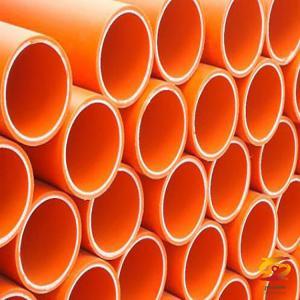The PE market remains stable, while the PP market outlook is unclear
The PE market remains stable, while the PP market outlook is unclearICIS deputy editor-in-chief Zachary Moore said on Thursday that during the coronavirus crisis, North American polyethylene (PE) producers had higher demand than many other chemicals and resin producers. During the epidemic, consumers began to realize the hygienic value of plastic packaging-this is conducive to polyethylene, which can be used for packaging of food and other non-durable consumer products. Moore also said that export activity rebounded strongly after a period of decline. Since 2019, North American PE producers have exported a little more than 50% of their output, which means that PE has become an export focus. Many export activities are related to China. Therefore, Moore said that the deterioration of Sino-US trade relations may affect producers. At home, Moore noticed the increase in PE prices in June. At the same time, in terms of cost, he pointed out that due to the reduction in supply, the price of ethane, the raw material used for most ethylene production in the United States, has risen sharply. Most of ethane is recovered from shale oil and gas production as associated gas. He explained that due to the decline in oil prices and demand during the epidemic, energy companies cut drilling activities, thereby reducing the supply of ethane. James Ray, vice president of consulting at ICIS, said that with the substantial drop in overall economic demand, people had expected PE stocks to rise. However, it is not. In contrast, ICIS data in April showed that PE stocks fell by more than 5%, indicating that the PE market has not experienced a huge imbalance. Moore said that polypropylene (PP) started well in 2020 and continued into March. Then, in April, things started to get a bit confusing, with sales down 11% year-on-year. He said that, as in the case of PE for packaging, during the health crisis, the demand for PP has increased in certain areas, such as the application of masks or medical clothing. On the other hand, due to the decline in demand in the automotive industry and the shutdown of factories, the PP demand in the automotive industry has dropped significantly. The demand for PP for consumer products is also declining. He said that looking forward to the future, PP demand will depend on consumers' consumption and behavior after the outbreak. Even if coronavirus restrictions are relaxed or removed, consumers may prefer to stay at home without spending money. On the supply side, due to last year's capacity de-bottleneck, and Braskem's PP plant in Texas in the third quarter of this year will be put into production, this year's US PP production time will be longer. Therefore, US PP manufacturers may ship more products to export markets.
If you want to know more about it please do not hesitate to
contact me. WhatsApp:+86-15966835076.









